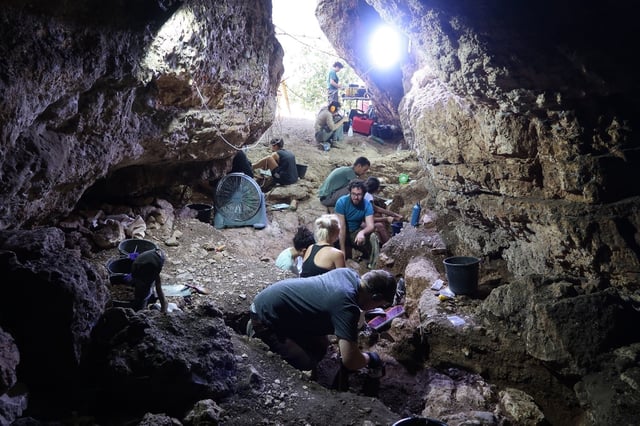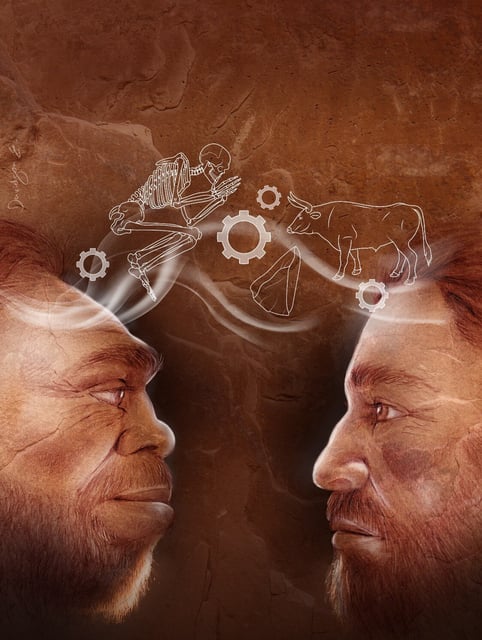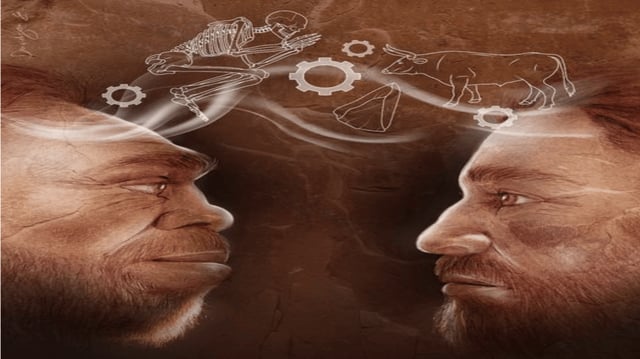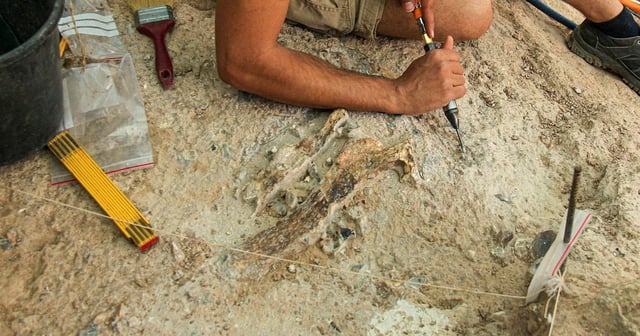Overview
- Archaeologists in Israel have uncovered one of the oldest burial grounds in the world, dating back approximately 100,000 years, at Tinshemet Cave near Tel Aviv.
- The site contains remains of both Homo sapiens and Neanderthals, suggesting the two groups coexisted, interacted, and exchanged cultural practices, including burial customs and tool-making techniques.
- Burials at the site include ochre pigments, animal bones, and grave goods, indicating symbolic behavior and possibly a belief in an afterlife or social identity markers.
- Shared technological practices, such as the advanced Levallois stone tool production, required direct and meaningful interaction between the groups, highlighting a complex social network.
- Researchers describe the Levant region during this period as a 'melting pot,' where climatic changes facilitated increased contact, cooperation, and cultural homogenization among early human groups.



